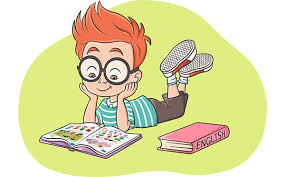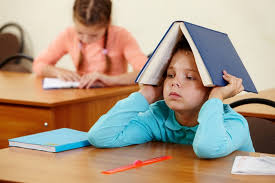

How do you teach children? Talk about learning styles.
We all have our own – unique – learning style.
Research has long demonstrated that children learn differently, so an education system with the motto “one size fits all” cannot be effective and useful for our students.
This infographics briefly presents learning styles and features of such children.
We will be glad to offer you a lot of material on the topic, if it turns out to be in demand.
They use songs and rhymes to memorize information and also like to make oral presentations. Go to the site and find out morehttps://argoprep.com/blog/learning-styles/
The child prefers to use pictures and drawings. Constant observation and details are important to the child. He copies everything he sees on the board, makes lists. She perceives information through charts and graphs.
Such a child likes words both on paper and in oral speech. It is easy for a pupil to express himself, they love to listen and read. Usually have an excellent memory, loving lists, word games, rhymes and role-playing games when learning new things.

Unlocking Children’s Learning Styles
The child is exploring the world through touch. He learns by moving the body and using his hands. Loves to move, to manipulate objects. It’s better to use practical exercises to interact with them.
These children have the skills of mathematical and logical thinking, easily cope with numerical problems. They like to classify and organize space, other students and tasks. In class, they prefer to reason and play complex games.
Learns best when you are in a group. Has good communication skills, likes to talk to others. Easily reads other people’s emotions, likes to teach others what he himself has learned. Works in dialogue.
This child likes to work alone and in silence. He wants to learn on his own. Perfectly manages and controls time. He likes to keep diaries, sets goals himself, has a good imagination.
The child prefers to use sounds and music and learns through listening to information. These children like to participate in discussions, read aloud to themselves and remember their names easily.